Victoria - BC's independent watchdog for sound forest practices welcomes the government's announcement of the Identified Wildlife Management Strategy. "The Identified Wildlife Management Strategy is one of the important pieces of the Forest Practices Code that we had identified as missing. The government's announcement is a step in the right direction," said Forest Practices Board Chair Keith Moore.
"We urge the government to proceed quickly to designate wildlife habitat areas. These will protect those threatened and endangered species identified in the Strategy," said Moore.
The Board's audits and investigations are finding a fairly high level of compliance with the Code. The Code has resulted in improved forest practices. However, the Board has identified some important pieces of the Code related to wildlife and biodiversity that are not yet in place. Today's announcement is an important first step in addressing one of these missing pieces.
Several other measures to protect wildlife and biodiversity have been identified as missing by the Board. "Government has to implement these measures as well, if the Code's objective of protecting wildlife species and biodiversity is going to be achieved," said Moore.
The lack of designated landscape units in most of the province means that forest development plans are tending to automatically default to "low biodiversity" and are not protecting areas with important biodiversity values. Without designated landscape units, the Biodiversity Guidebook can not be fully implemented and the Code's objectives for protecting biodiversity and wildlife habitat can not be achieved.
Regional Land Use Plans and Land and Resource Management Plans (LRMPs) need to be implemented, through designation of Resource Management Zones and Landscape Units under the Code, to ensure habitat values are protected across the landscape, particularly for species such as mountain caribou. Otherwise, forest development plans do not have to address the objectives set in those land use plans.
The need to identify and designate ungulate winter ranges to ensure forest development plans include measures to protect winter range for species such as deer and moose.
Guidelines for coarse woody debris to protect a wide range of organisms, ranging from soil micro-organisms to weasels and other small animals, have yet to be developed or implemented.
"This is not about implementing new or additional requirements. It is about implementing measures that are already provided for in the Code, but are not yet in place," said Moore. " BC needs to complete the implementation of these missing pieces of the Code if we are going to demonstrate to the public and to international markets that we are protecting wildlife and biodiversity values in our forests."
The Forest Practices Board provides the public with objective and independent assessments of the state of forest planning and practices in the province, compliance with the Code, and the achievement of its intent. The Board has completed 22 audits of forest practices around the province. Sixteen of those have been concluded and published. The Board has completed 18 complaint investigations and released reports on its findings. The Board has also completed an investigation of forest planning and practices near 355 streams in coastal BC. The Board has made a number of recommendations for improvement to forest planning and practices in these reports. These and other Board reports are available from the Board office and on the Internet.
Forest Practices Board
Phone: (250) 387-7964
1-800-994-5899
